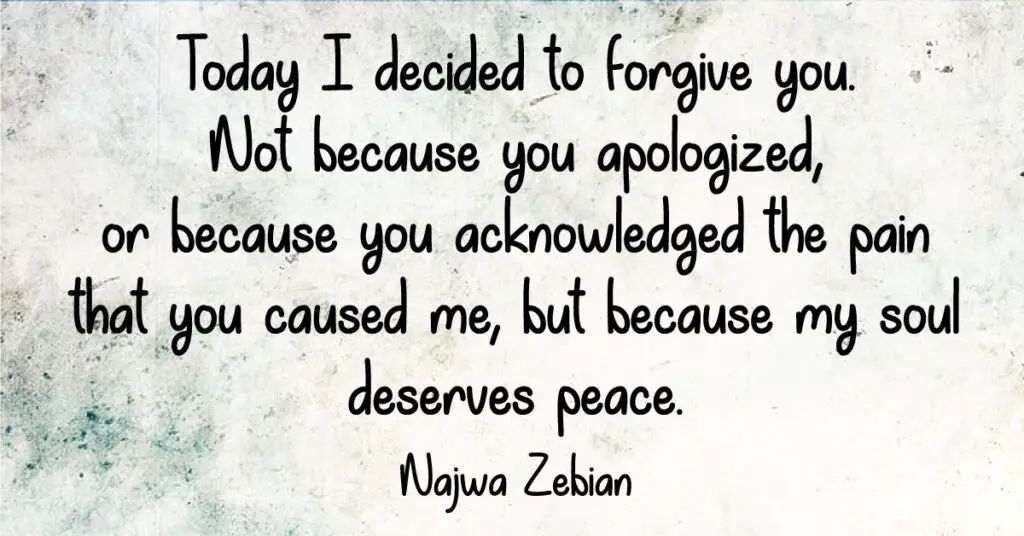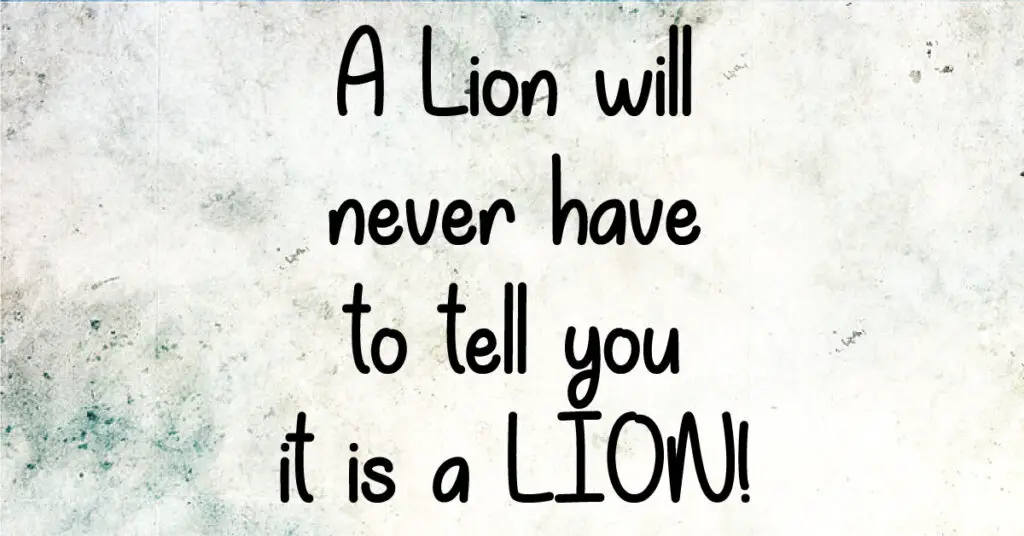Experiencing a man you’ve grown emotionally attached to slowly distancing himself can be a deeply unnerving experience.
Investing your time, energy, and emotions into a relationship only to feel him gradually pulling away is far from what any woman desires. Ideally, he would find a way to maintain the relationship or at least provide some assurance of his return.
Unfortunately, life doesn’t always follow our ideal script.
Not all men are capable of eloquently expressing their actions or motivations. Not all men are attuned to your emotional landscape or able to comprehend or empathize with the pain you might be going through. Remember, if you’re someone who tends to keep emotions on a surface level and shies away from vulnerability, it’s less likely he’ll be sensitive to your deeper feelings.
However, in this period of diminished communication from your man, leaving you feeling uncertain and perhaps even powerless, how can you regain control? How can you turn this seemingly disadvantageous situation into an opportunity for personal growth and a strengthened relationship?
The key lies in understanding the dynamics at play and learning how to navigate these challenging waters. By turning the tables when he pulls away, you can use this situation to your advantage, strengthening your emotional resilience and possibly even deepening the connection between you both. Let’s explore how you can achieve this.
What does the term “Turning the Table” mean?
“Turning the table” is an idiomatic expression meaning to reverse one’s position relative to someone else, especially by turning a disadvantage into an advantage. In the context of relationships, “turning the tables” when a man pulls away could mean shifting your perspective or actions in a way that changes the dynamic of the situation, often in your favor. This could involve focusing on personal growth, setting boundaries, or improving communication, among other strategies. By doing so, you regain control and potentially change the outcome of the situation.
Here is How To Turn The Table in 8 Fail-Proof Steps
Self-Reflection
The initial step in navigating a situation where he is pulling away is to delve deep into your own emotions. It’s essential to acknowledge the pain, disorientation, or apprehension you may be feeling. It might be uncomfortable, but confronting these emotions is crucial.
Understanding what you’re going through, you cultivate self-awareness – a powerful tool that will be the foundation of your actions. This introspection not only helps you comprehend your feelings but also guides your response in a way that respects your emotional well-being and preserves your self-worth.
Maintain Composure
It’s vital to remember that while emotions can be powerful, they shouldn’t dictate your immediate actions. In situations of emotional turmoil, like when a man pulls away, it’s easy to make impulsive decisions driven by hurt or anger. However, maintaining a calm and composed demeanor is key.
By keeping your emotions in check, you allow yourself the space to think clearly and rationally. This balanced approach not only prevents you from acting hastily but also enables you to steer through the situation more effectively, ensuring your actions align with your long-term well-being and relationship goals.
Focus on Personal Growth
Utilize this challenging time as an opportunity for self-improvement and personal growth. Immerse yourself in activities that bring you joy, whether that’s reading a captivating book, painting, hiking, or even learning a new language. Pursuing hobbies or acquiring new skills not only serves as a positive diversion from the discomfort but also contributes to your personal development.
By channeling energy into enriching your own life, you strengthen your self-esteem and independence. This period of focusing on yourself can ultimately transform a painful experience into a catalyst for personal growth and self-discovery.
Set Boundaries
Establishing clear boundaries is a fundamental step in any relationship. Determine what behavior you find acceptable and what crosses the line. Once you’ve identified these limits, communicate them to your partner in a respectful yet assertive manner. This conversation might be difficult, but it’s essential for mutual understanding and respect.
By setting these boundaries, you regain a sense of control over your relationship dynamics. Moreover, it helps prevent future misunderstandings and emotional distress. Remember, a healthy relationship respects individual boundaries, and having them in place is a proactive step towards avoiding potential heartache.
Improve Communication
Communication is the lifeblood of any relationship, and its absence or inadequacy could lead to misunderstandings, causing one partner to pull away. Strive to enhance communication by being open and honest about your feelings and expectations. Encourage reciprocal transparency from him as well.
It’s crucial to listen and understand his viewpoint too, fostering a mutual dialogue. Express your expectations clearly, avoiding assumptions or vagueness. Improved communication can bridge gaps, clear confusion, and create a stronger bond. Remember, effective communication is not just about speaking your mind but also about understanding the unsaid words and feelings.
Understand His Perspective
Empathy is a powerful tool in navigating relationship issues. If he’s pulling away, try to understand the reasons behind his actions. Is he grappling with personal issues or is there something about the relationship that’s troubling him? Ask open-ended questions and listen attentively to his responses.
This understanding can provide valuable insights into his feelings and motivations. It can help you respond in a way that acknowledges his feelings while also addressing your own concerns. Understanding his perspective doesn’t mean neglecting your own needs, but it can facilitate more effective communication and problem-solving.
Seek Professional Help
If the emotional distress from the situation becomes overwhelming, it’s important to remember that seeking professional help is a viable and healthy option. A counselor or therapist can provide objective insights into your situation, helping you understand your emotions better. They can equip you with strategies to cope with the pain, improve communication, and navigate relationship complexities.
Their guidance can be invaluable in helping you regain emotional balance and confidence. Remember, reaching out for help isn’t a sign of weakness but an act of self-care and strength, indicating your commitment to personal well-being and growth.
Be Patient
Transformation is a process that requires patience. Be gentle with yourself and with him during this time. If the relationship is meant to withstand the test of time, he will eventually find his way back. If not, understand that this experience, though painful, has offered valuable lessons and personal growth.
Every experience is a stepping stone to becoming a stronger, more resilient individual, better equipped for future relationships. Remember, sometimes, endings are new beginnings in disguise. So whether he comes around or not, trust that you will emerge stronger and wiser from this experience.








